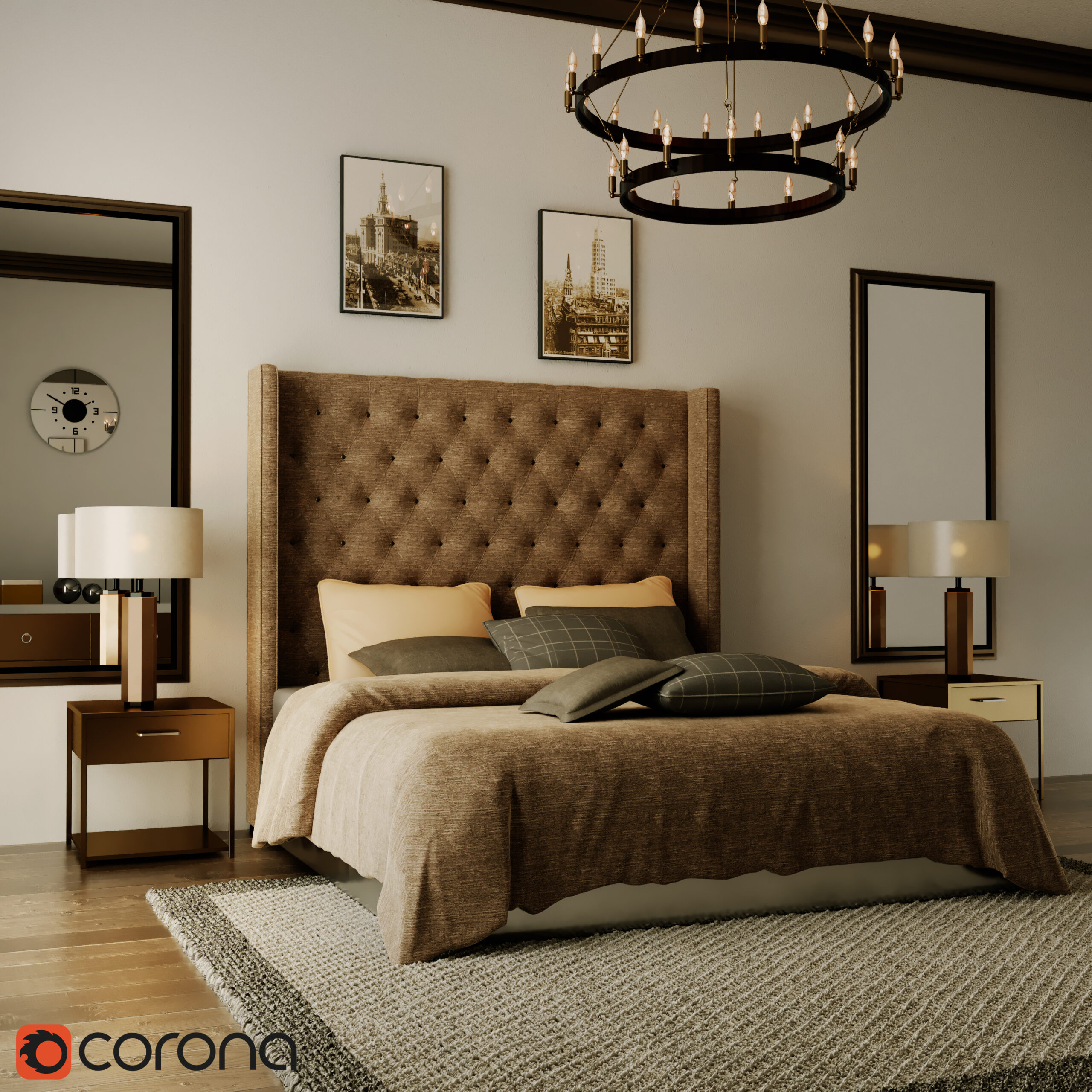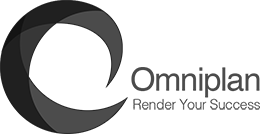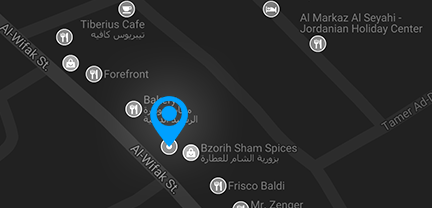Corona Rendering Course
Course Information
Overview
N/A
Objectives
في هذه الدورة سوف تتعلم
In this course you will learn:
Photorealism in 3D renders, especially focused in Archviz (Architectural Visualization).
Corona Renderer’s Lights, Materials, Maps, Render Elements, Time Optimization (fast renders)
Theories & Practices applied in: Camera (composition, framing, lenses, effects), Lighting (Real light behavior, how to illuminate any project in any light situation), PBR materials (simulating the behavior of any material easily from the same methodology).
Post Production: The post production used in the course covers the same techniques of professionals specialized in Architectural Photography.
How to work with simple and complex scenes in an organized way, facing different challenges, becoming a professional able to enter in the archviz field.
Audience
Architects
Interior Designers
Architecture students
Interior Design students
Draftsmen and the lovers of architectural visualization
المهندسين المعماريين
مهندسي التصميم الداخلي
طلاب الهندسة المعمارية
طلاب التصميم الداخلي
الرسامون و هواة الاظهار المعماري
Outline
- Module 1: Introduction
- Hardware Discussion
- Corona Renderer Installation
- Working with the correct measurement units in 3DstudioMax & Corona
- Working with Gamma 2.2 correct
- V-ray vs Corona Interfaces
- V-ray vs Corona Materials
- Quality vs Speed
- Converting scenes and materials from V-ray to Corona
- Corona Interface
- Corona Objects
- Corona Modifiers
- Module 2: Interface & basic render setup
- Common
- Corona Virtual Frame Buffer – VFB
- Interactive Render, VFB & Progressive Render Limits
- Max Passes, History, Save / Load & Hidden Lights
- Override Mtl & 2D Pan Zoom Mode
- Render Selected & Denoising
- LightMix – Evening Night
- Displacement Theory: Mastering Displacement in Corona Render
- Interactive Rendering
- Threads, Lock, Material Editor, Autosave & VFB settings
- Export Scene, Stamp, Image Filters, Highlight Clamping x AA
- Module 3: Corona Camera
- Creation & Positioning
- Lenses
- Exposure
- Tone Mapping
- LUTs, Bloom, Glare, Sharpening & Blurring
- Perspective Correction
- Miscellaneous & Lens Distortion
- Depth of Field (DOF)
- Bokeh
- Motion Blur
- Module 4: Corona Light
- Corona Lights, Size & Shadows
- Corona Lights: Color, Shapes & Directionality
- IES & Directionals
- Corona Light x Light Mtl x Self Illumination
- Corona Portals
- Sun & Sky – Creation & Intensity
- Sun Size, Sun Realistic Color & Turbidity
- HDRI Theory
- Lighting with HDRI in Corona Render
- Optimizing HDRI Maps
- Optimization using the Scene Environment Overrides
- HDRI + Corona Sun & Sky
- Module 5: Corona Materials
- Basic Slate Material
- Corona Material – Diffuse & Reflection – Color & Glossiness
- Fresnel IOR, Anisotropy, Reflection & Reflection Gloss Mapped
- Materials without Variation x Materials With variation of reflections
- Refraction Level, Color, IOR & Glossiness
- Dirty Glass, Caustics & Thin
- Opacity & Translucency
- Materials Theory with Volumetric Absorption & Scattering – SSS
- Creating Materials with Volumetric Absorption & Scattering – SSS
- Creating a Candle Material with Absorption & Scattering
- Theory of Bump & Normal map
- Bump & Normal map in practice
- The importance of Albedo
- Working with Texture Albedo
- Theory of PBR Materials
- Standardizing the creation of Materials
- Recreating the standardization of PBR materials in Corona Renderer
- Applying in the Corona the PBR Standard of Real World Materials – Nonmetals (Dielectrics)
- Applying in the Corona the PBR Standard of Real World Materials – Metals & Mirrors
- Applying in the Corona the PBR Standard of Real World Materials – Glasses
- Applying in the Corona the creation of fabric materials
- Applying in the Corona the PBR Pattern of Real World Materials – Translucent Materials




